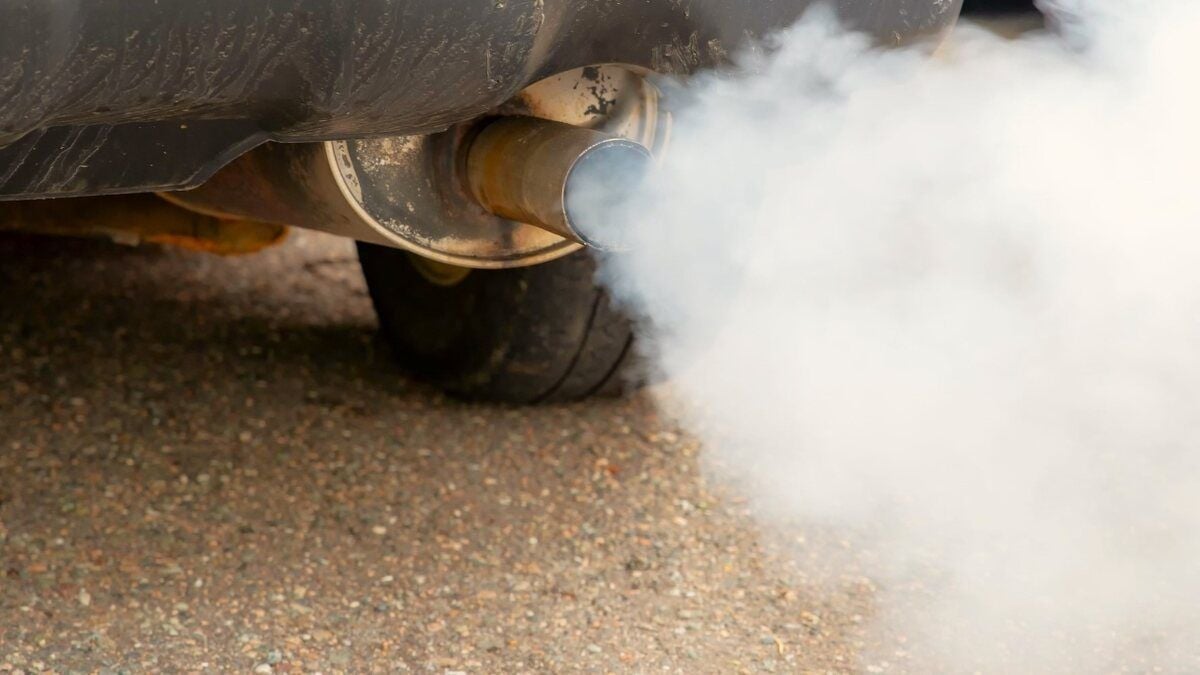Prius Head Gasket Problem
In an earlier article we had learned that if you own a 3rd Generation Toyota Prius, there is a good chance your Prius will develop a notorious blown head gasket problem. A blown head gasket will typically manifest some morning upon starting your car discovering that it will struggle to start; you will hear and feel some combination of rattling, shaking, and misfiring; and possibly even see an instrument panel warning light that something is amiss with the engine.
Related article: Something You Don’t Know About Cars: Head Gasket Sealants and Preserving Eggs
However, sometimes, the signs and symptoms might not be so exaggerated, but you will notice other problems that include any one or all of the following: such as a noticeable loss of coolant in the reservoir, engine overheating, and white smoke coming out of the exhaust.
Such are the consequences of owning a 3rd Generation Prius.
Diagnosing a Prius Blown Head Gasket Problem
But what if you own a later generation Prius that is showing the signs and symptoms of a blown head gasket? The design of the 4th Generation Prius reputedly has this problem licked. Furthermore, the 4th Generation Prius models are reportedly not known for having a blown head gasket problem as seen in the 3rd Generation models.
This is not to say a blown head gasket is impossible in a 4th Generation Prius, only that aside from owner abuse and neglect―it is unlikely to happen.
As it turns out one Prius owner recently turned over his 4th Generation Prius that had a significant coolant leak, with an overheating engine and white smoke coming from the exhaust to a Toyota expert for diagnosis and repair. Of which, the mechanic realized was a mystery diagnosis and repair.
What Looks Like a Blown Head Gasket Is Not
Follow along with the Car Care Nut YouTube channel host and learn a valuable lesson about why even though something may look like a duck, walk like a duck, and sound like a duck―might not really be a duck upon closer examination.
The duck metaphor is based on the Prius having some of the common signs of a blown head gasket problem that could easily have been misdiagnosed as such in the hands of a lesser mechanic and resulted in the Prius owner facing a heavy repair bill and an unresolved car problem afterward.
Spoiler alert: Just in case you want to find out what the real problem is without having to watch the video, skip below to the “Spoiler Alert” section below the video and discover right away the lesson to be learned by Prius owners that could save them a lot of headache and lost money.
Almost Misdiagnosed This Mysterious Engine Coolant Leak!
Spoiler Alert
As it turns out, there was a coolant leak occurring in the Prius; However, it was not due to a blown head gasket. Apparently, the coolant line runs not only to the cylinder head, but also to the Prius EGR (exhaust gas recirculation valve). The EGR recirculates a cooled portion of the exhaust gas back into the combustion chamber in order to lower the combustion temperature. Not only does this increase the longevity of the engine, but also results in cleaner emissions with the vehicle producing fewer pollutants such as oxides of nitrogen.
In the case of the video, a coolant leak developed within the EGR causing not only coolant to drip into the exhaust and burn off as the misleading tell-tale white smoke, but was also being drawn back into the combustion chamber resulting in not one or two cylinders looking unusually clean (as with a blown head gasket problem), but all four cylinders showing an unlikely condition of clean piston heads from a blown head gasket leak.
In other words, there was an incongruity of signs and symptoms an experienced mechanic’s eye caught that avoided what would have been an easy misdiagnosis.
The Lesson to Prius Owners and DIY Mechanics
The lesson here is that even when doing a diagnosis of any automotive malady, it is not just the signs and symptoms you have to pay attention to that can lead to a diagnosis; but just as important, when the signs and symptoms sometimes are in conflict with one another other that indicates something else may be going on. Whenever working on cars―expect the unexpected.
Related article: Oil Change Failures: Expect the Unexpected
For additional Prius-related articles, here are a few for your consideration:
- 2024 Toyota Prius Overview Reveal by Toyota
- Used Prius Shopper Warning by Toyota Mechanic
- Toyota Prius Owner Winter Maintenance Check Made Simple
Timothy Boyer is an automotive reporter based in Cincinnati. Experienced with early car restorations, he regularly restores older vehicles with engine modifications for improved performance. Follow Tim on “Zen and the Art of DIY Car Repair” website, the Zen Mechanic blog and on Twitter at @TimBoyerWrites and Facebook for daily news and topics related to new and used cars and trucks.
COMING UP NEXT: Tesla Model 3 Sub-Zero Road Range Test Results in the Real World
Image source: Deposit Photos





